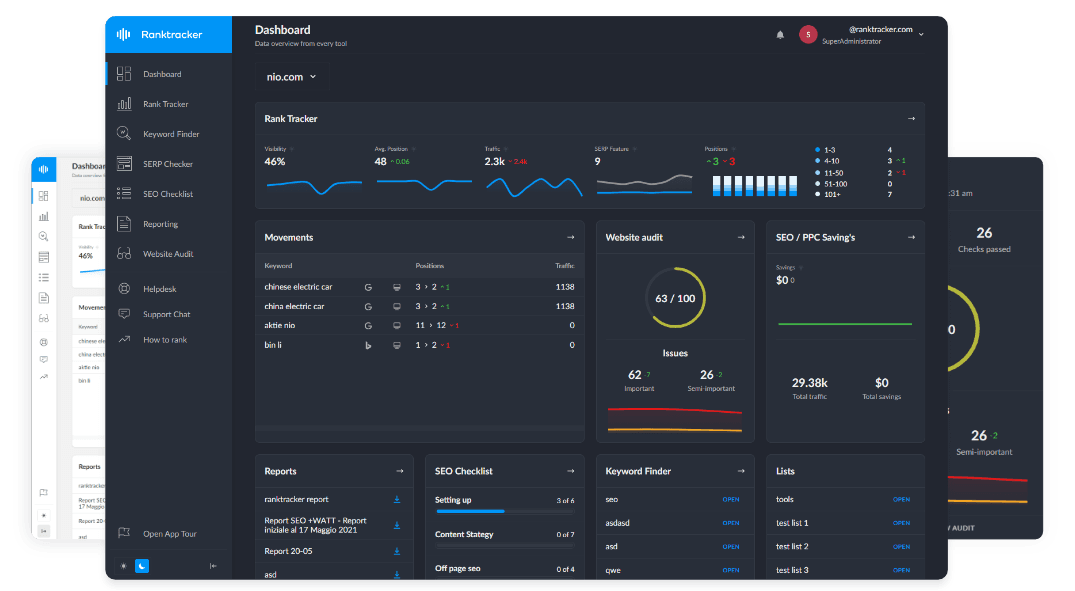Intro
Re-ranking is the process where Google and other search engines adjust the positions of ranked pages based on new data, algorithm updates, user engagement signals, and content changes.
Why Re-Ranking Happens:
- Google continuously refines rankings to improve search quality.
- New competitors, fresh content, and search trends influence ranking shifts.
- User behavior (CTR, bounce rate, dwell time) plays a role in ranking adjustments.
Factors That Influence Re-Ranking
1. Algorithm Updates
- Google releases core updates, spam updates, and AI-driven changes that impact rankings.
- Sites that fail to meet new criteria may drop, while improved sites rise.
2. Content Freshness & Updates
- Search engines favor recent, relevant, and well-maintained content.
- Example: A guide on "SEO trends" updated for 2025 ranks higher than outdated versions.
3. User Engagement Signals
- High CTR & dwell time = Positive ranking signals.
- High bounce rate & pogo-sticking (quick return to SERPs) = Negative impact.
4. Competitor Activity
- If a competitor improves content, gains backlinks, or optimizes UX, it can surpass your rankings.
- Regular SERP analysis helps track these changes.
5. Backlink Profile Changes
- Loss of high-authority backlinks can lead to ranking drops.
- Acquiring new, relevant backlinks can boost re-ranking potential.
6. Search Intent Shifts
- Google adapts rankings when search intent evolves.
- Example: If people searching "best SEO software" start preferring comparison articles, Google may re-rank list-based content higher.
How to Maintain & Improve Rankings Post-Re-Ranking
✅ 1. Keep Content Fresh & Relevant
- Regularly update dates, statistics, and insights.
- Use Google’s NLP API to optimize for semantic relevance.
✅ 2. Improve User Engagement Metrics
- Optimize titles and meta descriptions for better CTR.
- Enhance content readability & structure.
- Add interactive elements like videos, infographics, and FAQs.
✅ 3. Monitor Competitor Strategies
- Use Ranktracker’s SERP Checker to analyze ranking changes.
- Identify and adapt winning competitor strategies.
✅ 4. Strengthen Backlink Profile
- Track lost or broken backlinks and replace them.
- Build authoritative and relevant new backlinks.
✅ 5. Adapt to Algorithm Updates
- Follow Google’s Search Quality Guidelines & Core Updates.
- Adjust SEO strategy based on official algorithm insights.
Tools to Track Re-Ranking Trends
- Google Search Console – Track ranking fluctuations.
- Ranktracker’s Rank Tracking Tool – Monitor position changes over time.
- Ahrefs & SEMrush – Analyze competitor movements.
Conclusion: Staying Ahead in the Re-Ranking Cycle
SEO is dynamic, and re-ranking is inevitable. By continuously optimizing content, improving user engagement, adapting to search intent shifts, and strengthening backlinks, websites can recover and even improve their rankings.
For expert SEO tools, explore Ranktracker’s advanced SEO solutions and stay ahead in the search game!

